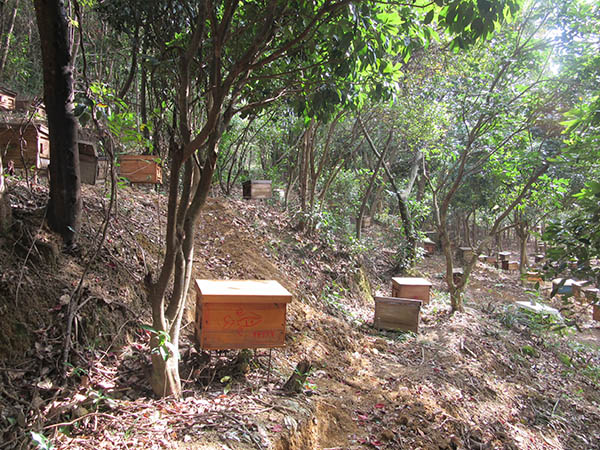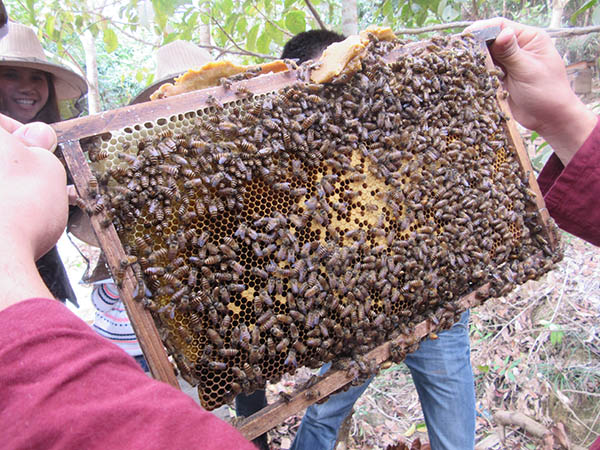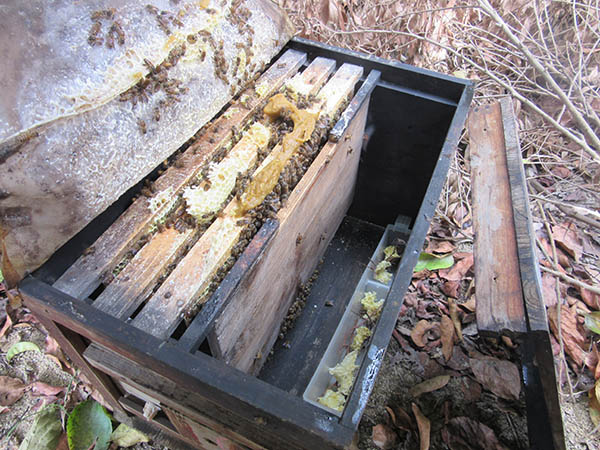How bees are farmed
 Jul 22,2022
Jul 22,2022

 Lucia Ma
Lucia Ma
How bees are farmed
With the gradual maturity of beekeeping technology, it is not difficult for us to eat honey today. Friends who like to explore always have countless reasons. In the world of bees, there are too many reasons. Apart from what we have discovered, the world of bees still has too many reasons for us to discover and explore. When it comes to the why of the bee world, I believe many friends have a question, that is, the process of bees making honey, how do bees turn nectar into honey? I believe this question is a question that many of our honey-loving friends want to know. Today, Benefitbee will share with friends the little question about how bees turn nectar into honey.

We all know that honey bees are just like newborn babies who will breastfeed. They don’t need to learn, but an instinct. Bees rely on honey to meet the nutrients they need for survival. The main food honey is also in this process. Although the bees also collect the honey first, this process is not simply completed, otherwise the honey will not have such a high nutritional value. After the bees collect the nectar, the nectar will undergo two changes, one is the change of sugar in the nectar, which is a chemical change, and the other is the evaporation of the water in the honey, which is a typical physical change. That is to say, in the process of turning nectar into honey, two changes have taken place. In addition to these two major changes, there are actually many small changes in the process of bees making honey.

First: the physical changes of honey picking. When honeybees collect and brew honey, the honey sac cells of bees will absorb part of the water, and this water will pass through the hemolymph of the bees, enter the rectum from the Malpighian duct and be excreted out of the body. Second: the physical changes in the process of honey bees making. When the bees collect the nectar, the bees disperse the nectar in countless honey cells, in this way to expand the evaporation area of the nectar and speed up the removal of water in the honey. Third: Physical changes in bee fans. In addition to reducing the moisture in the nectar by increasing the area of the nectar, the bees also strengthen the convection of the air in the hive by fanning, so as to disperse the water in the nectar, through a series of The moisture content in the nectar changed from more than 40% initially to less than 18%.

Fourth: The chemical changes that occur when the office bee chews nectar. At the same time as the water is lost, the office bees in the bee colony will suck the nectar into the nectar sac, and then spit it out for repeated chewing. At the same time, amylase is added to the nectar. In this process, the starch or dextrin in the pollen becomes a monosaccharide. In this way, the nectar will undergo glycogen conversion under the enzymes secreted by the bees and the appropriate temperature in the beehive, regardless of the evaporation of water. When the enzyme content in the nectar reaches a certain level, the nectar will become mature honey, and then the bees will The honey is sealed with beeswax, and the honey-making process of the bees is complete.




 Tel:
Tel:

 Home
Home What are the summer management methods for bees?
What are the summer management methods for bees?  You May Also Like
You May Also Like







 Tel
Tel
 Email
Email
 Address
Address







